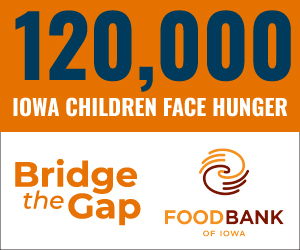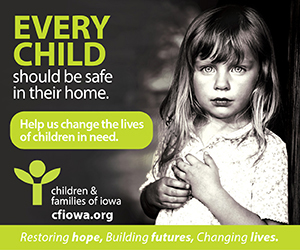Iowa acts to build financial literacy

.floatimg-left-hort { float:left; } .floatimg-left-caption-hort { float:left; margin-bottom:10px; width:300px; margin-right:10px; clear:left;} .floatimg-left-vert { float:left; margin-top:10px; margin-right:15px; width:200px;} .floatimg-left-caption-vert { float:left; margin-right:10px; margin-bottom:10px; font-size: 12px; width:200px;} .floatimg-right-hort { float:right; margin-top:10px; margin-left:10px; margin-bottom:10px; width: 300px;} .floatimg-right-caption-hort { float:left; margin-right:10px; margin-bottom:10px; width: 300px; font-size: 12px; } .floatimg-right-vert { float:right; margin-top:10px; margin-left:10px; margin-bottom:10px; width: 200px;} .floatimg-right-caption-vert { float:left; margin-right:10px; margin-bottom:10px; width: 200px; font-size: 12px; } .floatimgright-sidebar { float:right; margin-top:10px; margin-left:10px; margin-bottom:10px; width: 200px; border-top-style: double; border-top-color: black; border-bottom-style: double; border-bottom-color: black;} .floatimgright-sidebar p { line-height: 115%; text-indent: 10px; } .floatimgright-sidebar h4 { font-variant:small-caps; } .pullquote { float:right; margin-top:10px; margin-left:10px; margin-bottom:10px; width: 150px; background: url(http://www.dmbusinessdaily.com/DAILY/editorial/extras/closequote.gif) no-repeat bottom right !important ; line-height: 150%; font-size: 125%; border-top: 1px solid; border-bottom: 1px solid;} .floatvidleft { float:left; margin-bottom:10px; width:325px; margin-right:10px; clear:left;} .floatvidright { float:right; margin-bottom:10px; width:325px; margin-right:10px; clear:left;} The ongoing financial crisis highlights the need for individuals to develop a deep understanding of financial literacy. Citizens of all ages must be prepared with skills, knowledge and habits of financial literacy to advocate for their personal and family financial health.
Fortunately for Iowa’s youths, the Iowa Core (IC) includes financial literacy as one of the 21st Century Skills. Each K-12 student will be expected to learn essential financial literacy concepts as identified in the IC. Instruction for learning the concepts must be integrated into multiple subject areas.
Iowa schools are expected to implement the IC in grades 9-12 by July 1, 2012, and grades K-8 by July 1, 2014. Schools are currently developing plans and building the capacity of educators to support the project.
The expectations for each Iowa student include:
• demonstrating financial responsibility and planning to achieve financial goals;
• managing money effectively;
• making informed and responsible decisions about incurring and repaying debt to remain creditworthy and financially secure;
• evaluating and identifying appropriate risk management options; • understanding human, cultural and societal issues related to financial literacy and practicing legal and ethical behavior.
Multiple segments of our society, including business and industry, will benefit from the result.
One of the challenges for implementing the Iowa Core-Financial Literacy (IC-FL) essential concepts and skills will be providing tools and resources for teachers, because traditionally most K-12 educators have lacked a depth of knowledge in this area. The vision and intent of the IC-FL is that these essential topics will be integrated with multiple content areas in kindergarten through grade 12. Teaching financial literacy will require new partnerships both within the educational system and with community organizations, business and industry.
Implementing the IC-FL provides a wonderful opportunity to forge new partnerships, both within the formal and informal educational community as well as the broader community. These new connections will require more than one-time guest speaking engagements, one-time community visits or canned worksheets or workbooks.
The kind of partnerships to support deep understanding of these essential concepts will require sustained sharing of expertise and learning environments beyond the traditional walls of the school. Students, teachers and community partners must collaborate on relevant project-based learning experiences to support deep understanding of financial literacy concepts.
An example of this shared learning responsibility is developing between Treynor State Bank and the Treynor Community School District. The bank made a significant financial commitment for the next five years to collaborate with the district on a K-12 financial literacy program. This program holds great promise to serve as a model for communities.
The vision of the IC is for each Iowa student to graduate prepared for college, career and citizenship. With the growing complexity of the financial landscape, we have an obligation to provide students with the learning opportunities to acquire the necessary skills.
Nadene Davidson is an assistant professor at the University of Northern Iowa and the interim head of the department of teaching.







